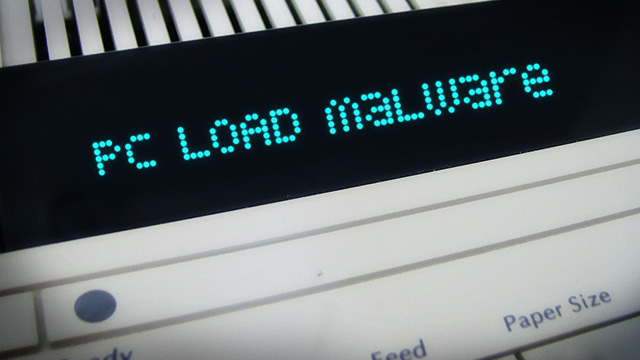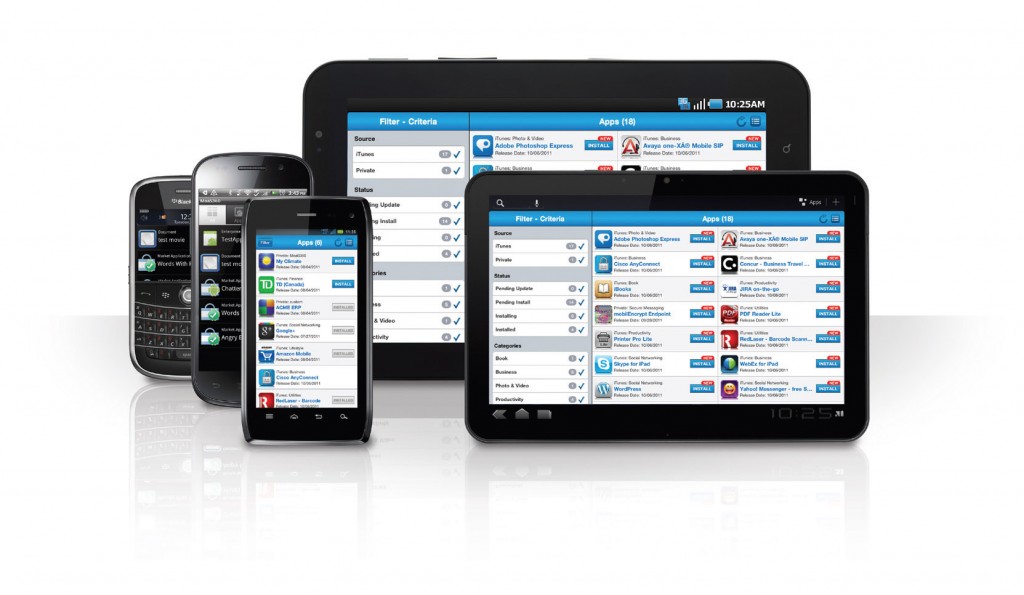Network security and specifically printer security is probably one of the most prevalent subjects of discussion in tech circles today. Not only are businesses and individuals paying attention to this subject but also researchers. Take for example the research conducted by Cyber Security Patrol.
Setting the Stage for Proving the Severity of Printer Security Vulnerabilities
These researchers in Singapore wanted to see how easy it will be for printer security to be breached when the printer itself is located in an inaccessible location like a high rise building. For the purpose of their research, they took a situation where the printer in question is located in a high rise building, say 30 floors. Why did they have to pick such a difficult situation?
The answer is fairly simple: it is the fact that it has already been proven countless number of times that printers that are not protected appropriately can be used to break into enterprise networks. In fact, there are a number of ways to do this. So, how did these Singaporean researchers counter the problem of height? They just used a mobile device set up on a remote controlled drone. Do you see the ramifications of this? No? Let us enlighten you.
Printer Security Vulnerabilities In Light Of BYOD Trends
 At any point in time, there are about 25 billion mobile devices connected to the internet. By the year 2020, this number is expected to grow three times and reach a staggering 75 billion, if Morgan Stanley is to be believed. Cisco, on the other hand, says that this number will be about 50 billion in the next five years. Whichever estimate you accept, the number is simply mind-blowing.
At any point in time, there are about 25 billion mobile devices connected to the internet. By the year 2020, this number is expected to grow three times and reach a staggering 75 billion, if Morgan Stanley is to be believed. Cisco, on the other hand, says that this number will be about 50 billion in the next five years. Whichever estimate you accept, the number is simply mind-blowing.
In any average home, the number of devices connected to the internet must be anything between two to five. Take that concept to the workplace and the number multiplies depending on the size of the business and its workforce. As a result, while businesses in the past would frown upon the concept of Bring Your Own Device (BYOD), they’ve now accepted that it is impossible to stop people from bringing their devices to work. So, the smarter businesses have established security protocols to control the threats posed by the concept of BYOD.
This is where the Singapore research becomes important. If it is so easy to breach networks even at such insane heights, how easy would it be for a comfortably located office’s network to be breached? It’s a scary proposition but there are ways through which you can secure your office. How does one go about curbing the threat?
If you combine this with the common printer security vulnerabilities and take into account printer security tips, then the only solution is to devise a BYOD strategy. Here are some things you can do to protect your workplace from the printer security vulnerabilities brought about by the concept of BYOD.
Step 1: Establish Ground Rules For BYOD

The first thing to do to counter printer security vulnerabilities arising out of BYOD trends is to create a companywide framework that will govern how personal devices are handled within the business premises. This means a number of things. The first is defining the types of devices that will be used on the company network.
The second is to determine the type of use these devices will see while on the company and network and the third is assessing possible printer security vulnerabilities that may arise from their use.
Once the assessment is complete, it would be important for the business in question to create an all – encompassing BYOD strategy that can be followed by the IT department to secure the existing networks. This strategy must focus as much on accessing the printing and scanning devices as they do on accessing storage elements on the network.
Step 2: Deploy a Reliable MDM Solution
 The key to neutralising printer security vulnerabilities caused by BYOD trends is to emphasise on a system as opposed to individuals. This means that the process of securing the network does not hinge on individuals and their skills but instead on a companywide system that can be handled by teams as well as individuals. This is an important point to note especially for small to medium scale enterprises because they tend to focus on individual skills owing to financial limitations.
The key to neutralising printer security vulnerabilities caused by BYOD trends is to emphasise on a system as opposed to individuals. This means that the process of securing the network does not hinge on individuals and their skills but instead on a companywide system that can be handled by teams as well as individuals. This is an important point to note especially for small to medium scale enterprises because they tend to focus on individual skills owing to financial limitations.
Establishing a system for countering printer security vulnerabilities for the companywide network starts with the acquisition of a reliable Mobile Device Management (MDM) solution. Such solutions usually rely on a software programme or a suite of software programmes. These types of individual programmes or suites offer a wide variety of controlling methods to IT administrators through numerous features. The variety of features available depends on the quality and detailing of the MDM solution chosen by the respective business.
Step 3: Define a Security Baseline
 No amount of MDM solutions and rules are going solve printer security vulnerabilities unless baselines are established to guide those countermeasures. These security baselines will not only be defined for the companywide network of devices such as printers and scanners but also personal devices. Therefore, the security will be laid down in two layers i.e. within the employees’ personal devices as well as on the network.
No amount of MDM solutions and rules are going solve printer security vulnerabilities unless baselines are established to guide those countermeasures. These security baselines will not only be defined for the companywide network of devices such as printers and scanners but also personal devices. Therefore, the security will be laid down in two layers i.e. within the employees’ personal devices as well as on the network.
This means determining security baselines for different situations and then making the employees aware of those baselines. Everything from updating software programmes to installing defensive measures in individual devices will have to be taught to every employee. In the vast majority of cases, this wouldn’t take a lot of effort as most of the work can be done through memos and notes being circulated throughout the workforce.
Step 4: Focus On Access Control
 Plugging printer security vulnerabilities arising through BYOD trends is all about ensuring that only known devices log into the network and preventing rogue access. If rogue access is prevented, printer security vulnerabilities become irrelevant. MDM solutions almost always have access control systems incorporated.
Plugging printer security vulnerabilities arising through BYOD trends is all about ensuring that only known devices log into the network and preventing rogue access. If rogue access is prevented, printer security vulnerabilities become irrelevant. MDM solutions almost always have access control systems incorporated.
Focusing on access control is one of the safest, efficient, and cost effective methods of removing printer security vulnerabilities. Elaborate measures like VPN connectivity and simpler measures such as long form passwords and user IDs for each employee can become the backbone of any system designed to deal with printer security vulnerabilities. Assigning every employee with access details and putting a wall of encryption on the back of those access details can go a long way in achieving the goal.
Step 5: Monitor and Redefine Guidelines
Nothing stagnant will ever be able to sustain success in the dynamic world of business. Every system and strategy needs to constantly be modified and improved upon for it to keep pace with the changing nature of the environment it operates in. This is also true when it comes to printer security vulnerabilities brought about by BYOD trends.
Since the main threat here is breach of company network by way of a personal device that can be used to leverage the security loophole of printers and scanners, it is evident why constant monitoring and upgrading of the security system is required.
Essentially, the software programmes used in devices are constantly being upgraded to plug loopholes and bugs. When this happens, malcontents find newer loopholes and flaws with the system. Monitoring the system for blocking off printer security vulnerabilities constantly and then making improvement on the basis of the data can allow a company to keep abreast with all the developments taking place in the arena.
Leave a Reply